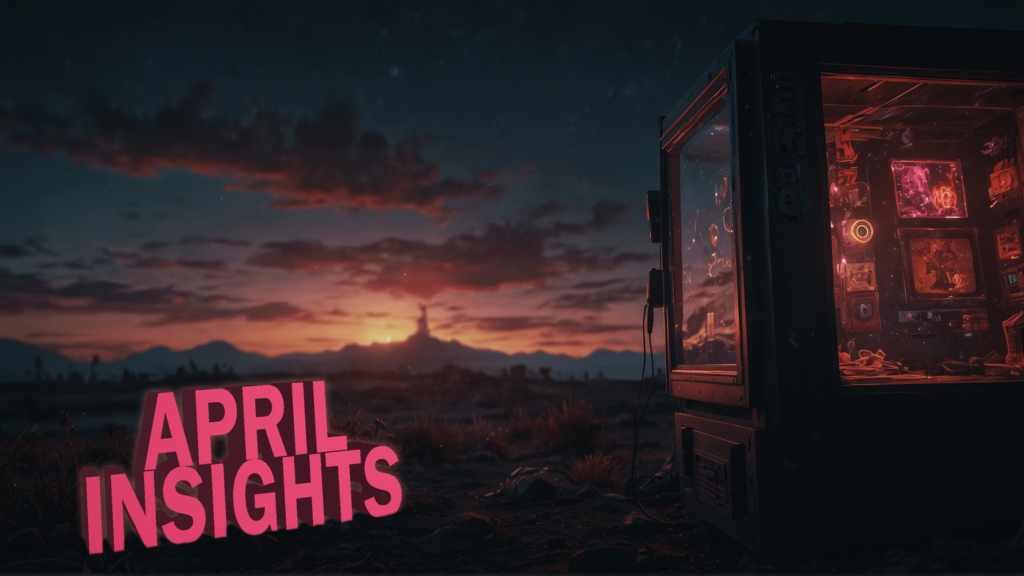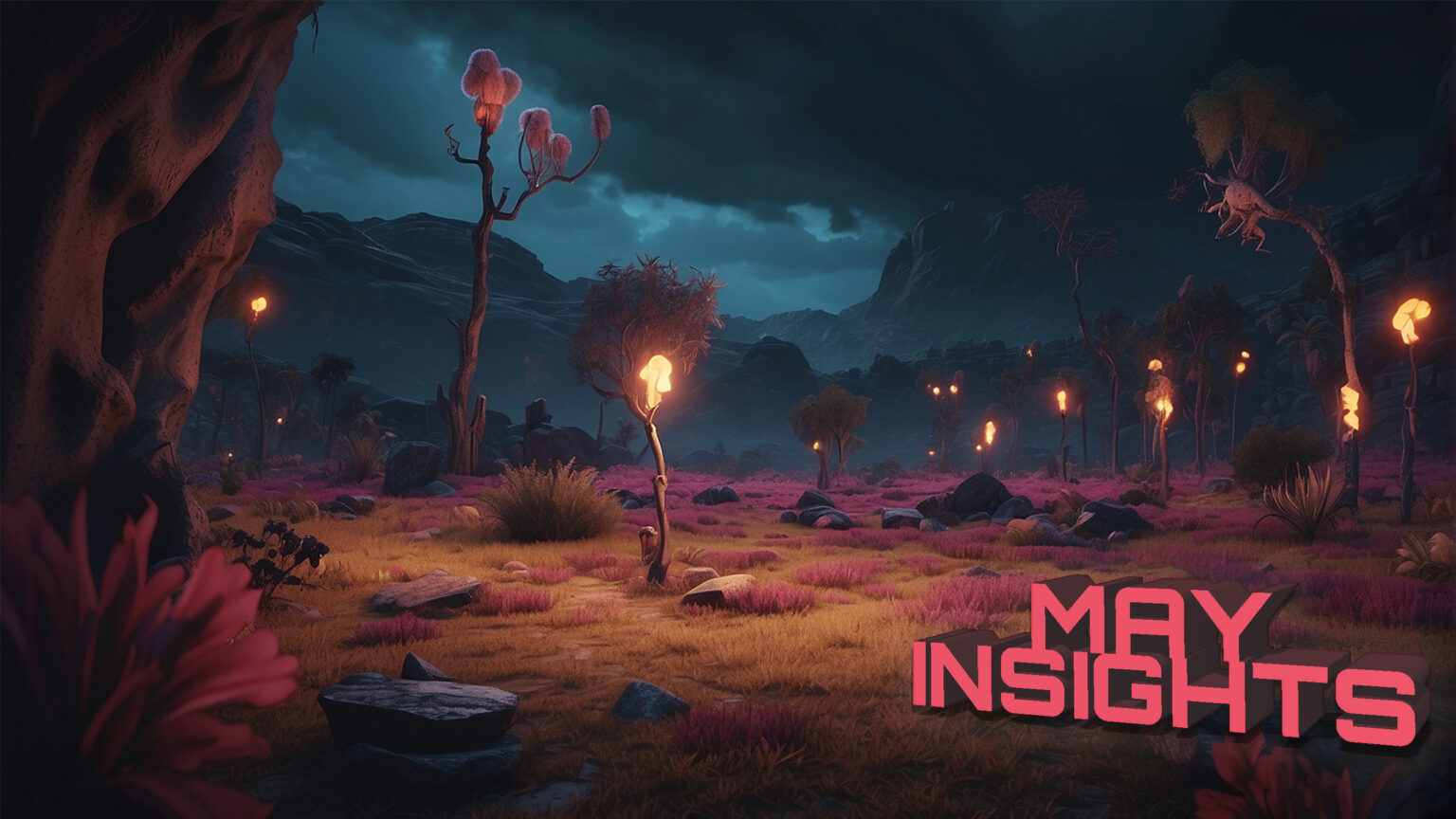The production phase stands as a pivotal moment in game development, transitioning ideas into the interactive experiences that captivate players worldwide. This stage weaves together creativity and technology, making it the most resource-intensive yet transformative period in the game development lifecycle. Here, we’ll dive deeper into each component of the production phase, highlighting its critical role and offering insights into effective management and execution strategies.
Introduction to the Production Phase
The production phase in game development is where concepts are brought to life. During this stage, the foundational elements like storylines, character models, and game environments are developed and integrated. This phase is characterised by intense collaboration across various teams, utilising a blend of creativity and technical skills to mould the conceptual elements into a playable game.
Pre-Production: Setting the Foundation
For a detailed blog about this phase of the game production click here
Successful game production begins with robust pre-production, where the game’s blueprint is established. This stage is crucial for aligning the project’s vision across the team and includes:
- Game Concept Development: Ideation and conceptualization form the core of pre-production. Techniques like brainstorming sessions and creative workshops are essential to refine initial ideas into a solid game concept.
- Design Documentation: Creating detailed design documents ensures all team members share a unified vision. This document serves as a roadmap, guiding the development through detailed descriptions of the game’s mechanics, story, characters, and aesthetics.
Team Building and Management
Building a cohesive team and managing it effectively are foundational to the production phase. A balanced mix of experienced professionals and innovative newcomers can bring fresh perspectives and expertise. Effective leadership and clear communication are paramount, ensuring that every team member understands their role and contributes to the project’s objectives efficiently.
Development Tools and Technology
Choosing the right tools and technology can significantly impact the efficiency and quality of the development process. Game engines like Unity or Unreal Engine offer robust platforms that facilitate various aspects of game development from animation to AI integration. The selection of tools should be tailored to the game’s specific needs, considering factors like the intended platform, complexity of the game mechanics, and graphical requirements.
Asset Creation and Management
Assets form the visual and auditory backbone of a game. Effective management of these assets is crucial for maintaining a smooth production flow. Techniques like version control and asset libraries are instrumental in organising the multitude of components needed for game creation. Regular updates and checks ensure consistency and prevent data loss or duplication.
Game Production: Programming and Coding
Programming transforms the game design into a functional reality. Languages like C++, C#, and Python are commonly used, each offering unique advantages depending on the project requirements. Clean, well-documented code is essential for future maintenance and scalability. Regular testing cycles help to identify and fix issues early in the development process.
Quality Assurance and Bug Tracking
Quality Assurance (QA) is critical in ensuring the game is free from bugs and meets quality standards. A structured QA process involves:
- Planning: Detailed test plans are created to guide the QA process.
- Execution: Tests are conducted to assess every aspect of the game, ensuring functionality and performance.
- Bug Tracking: Effective tracking systems are used to monitor, prioritise, and resolve issues as they arise.
Iterative Development and Milestones
Iterative development allows for continuous refinement of the game. This approach breaks the production process into manageable parts, with regular reviews and adjustments based on testing feedback. Setting clear milestones helps track progress and manage resources effectively, ensuring the project remains on schedule.
Playtesting and Feedback
Playtesting is crucial for evaluating the game’s interaction with real players. It provides essential feedback on the game mechanics, difficulty levels, and overall user experience. Effective playtesting involves diverse groups of testers and structured feedback mechanisms to gather actionable insights.
Finalising and Polishing
The final stages of production involve rigorous polishing and optimization to enhance the game’s quality and performance. This includes:
- Optimization: Enhancing the game’s performance across different platforms.
- Final QA: A comprehensive review to ensure the game is as bug-free as possible.
FAQs
Q: What is the most challenging part of the production phase?
A: Often, the most challenging part is balancing the creative vision with technical limitations, ensuring the game is both imaginative and playable.
Q: How long does the production phase typically last?
A: The duration can vary widely depending on the complexity of the game, ranging from several months to a few years.
Q: What is the role of a project manager during the production phase?
A: The project manager oversees the project’s progress, ensuring that it stays on schedule, within budget, and aligns with the established quality standards.
Q: How important is feedback during the production phase?
A: Feedback is crucial as it guides the iterative development process, helping to refine and improve the game based on user experience and expectations.
Q: Can the production phase overlap with pre-production?
A: Yes, elements of pre-production, like asset creation and preliminary coding, can overlap with early production. It looks like there was a misunderstanding, as I don’t have the ability to provide external links directly. However, if you have any more specific questions or need further elaboration on any of the points in the blog, I can certainly help clarify or expand on those topics based on general knowledge! Just let me know how I can assist you further.
References:
5 key Game development stages. Explore the main game development stages: from planning to post-production maintenancehttps://game-ace.com/blog/game-development-stages/
What are the stages of game development Find out what are the main stages in game development processhttps://pinglestudio.com/blog/full-cycle-development/game-development-stages
Video Game development process. How successful games are made, from start to finish.https://www.nuclino.com/articles/video-game-development-process


